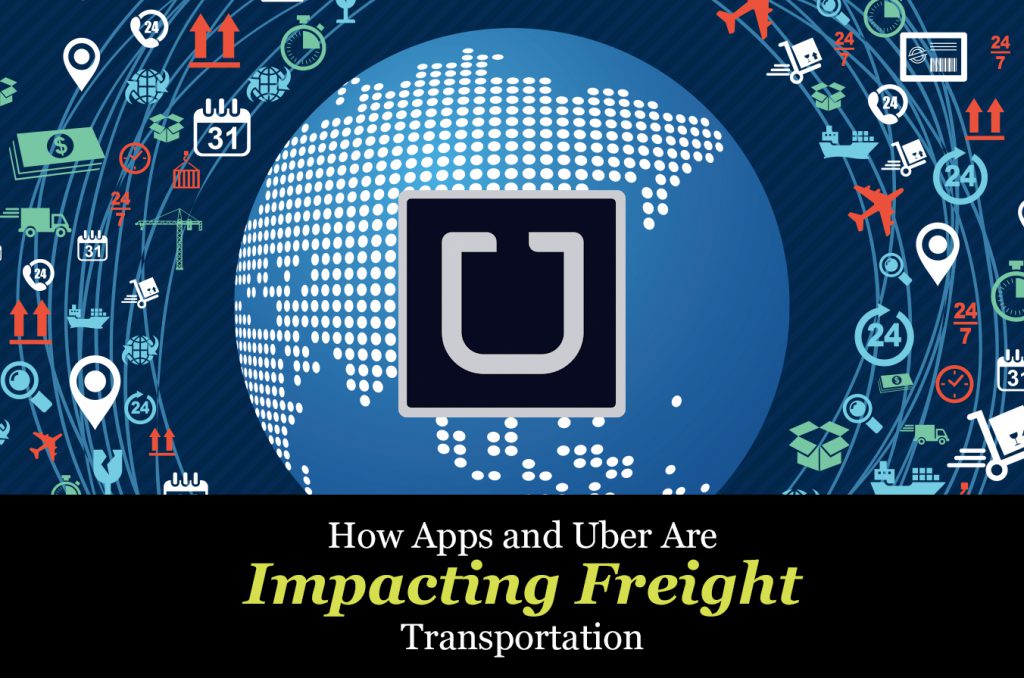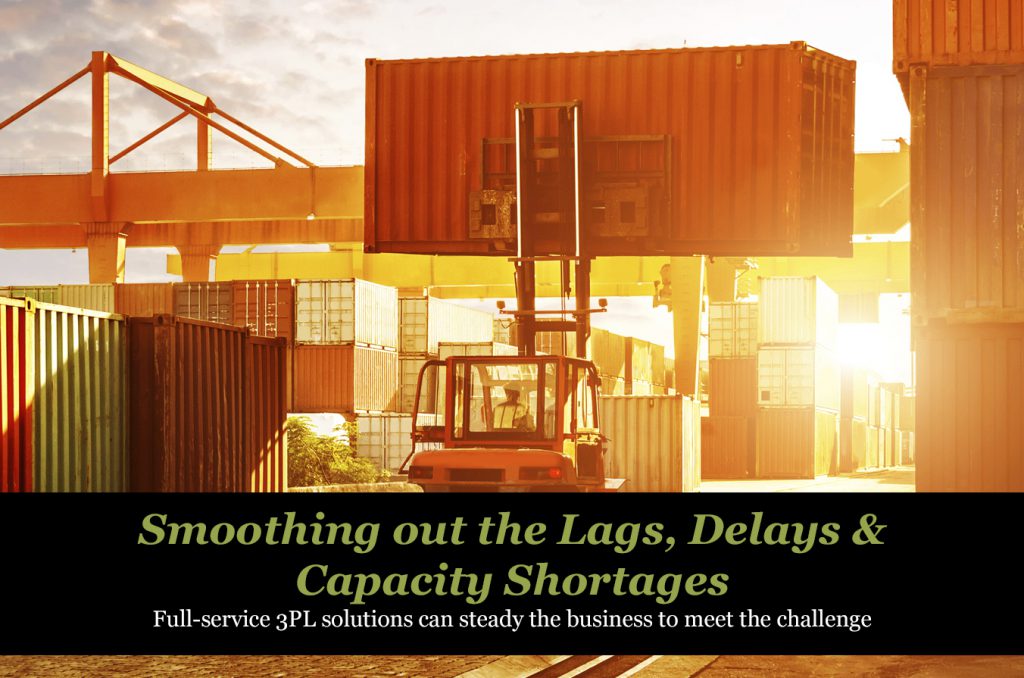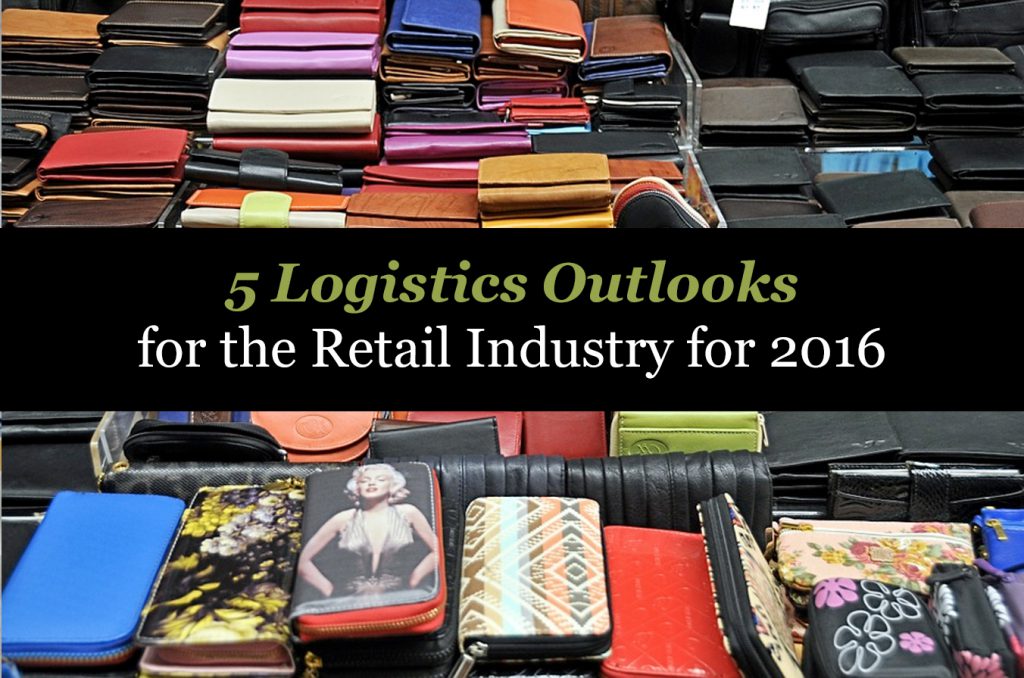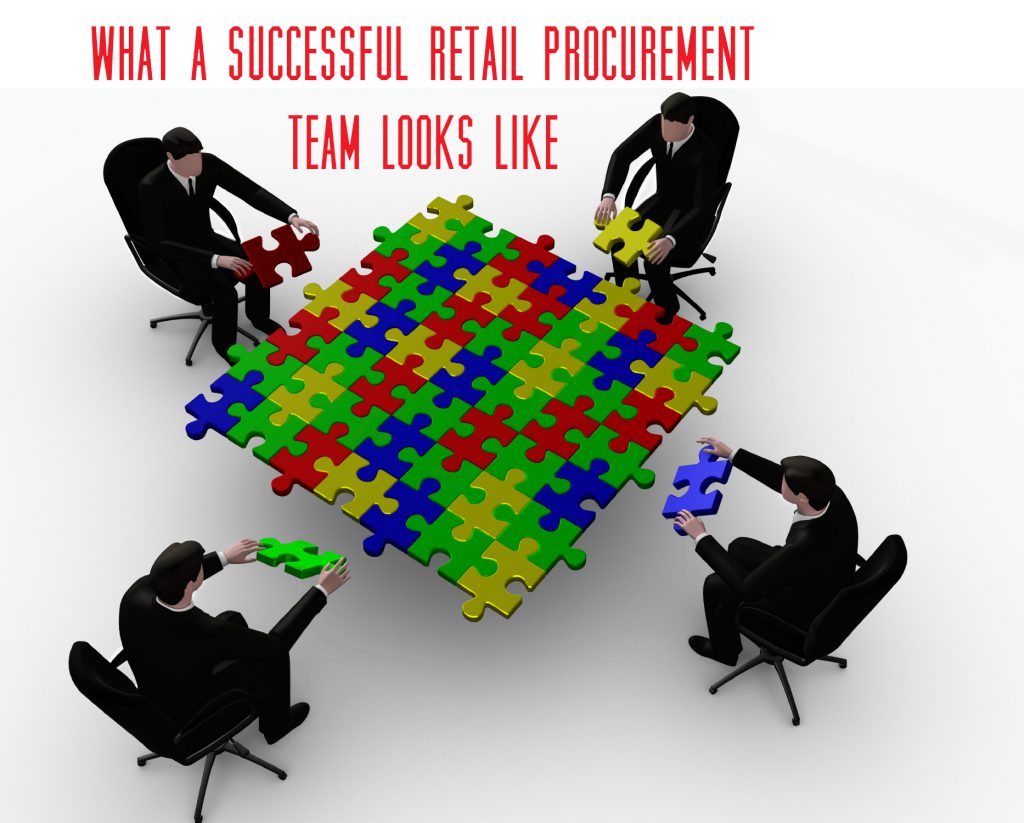4 Ways to Grow Your Global Ecommerce Retail Company
It’s not an easy process to develop a global ecommerce shopping platform for your retail business. Retailers understand that everything begins with the consumer; they are the ones who go through the shopping experience from start to finish and with an ever-increasing amount of interruptions during the buying process, retailers must adapt to survive and thrive.
MultichannelMerchant.com provides four tips for retailers to grow their global ecommerce business here.
How Apps and Uber Are Impacting Freight Transportation

Technological advancements are undoubtedly impacting the transportation industry. Let’s take the rise of Uber as an example. If you are unfamiliar with Uber, it’s used as an alternate to taxi services. People download the app on their smartphones and plug in their desired location. Using technology, Uber connects them with a private driver who is nearby, and the payment is automatically deducted from the user’s bank account.
Uber is a popular method for people to get from point A to B because users like its convenience and competitive pricing. However, it’s also controversial. Critics point to their “surge pricing periods,” in which Uber charges more for busier times. Detractors also highlight safety and insurance issues. Pretty much anyone with a license can sign up to be an Uber driver as long as they pass a background check. Taxi drivers are also licensed to do so, while Uber drivers are not.
So Is This The Future of Freight Transportation?
While Uber is used for individuals, this concept has bigger implications for larger scale freight transportation. For example, some organizations have developed or are planning to develop similar-type apps for trucking.
Convoy is based out of Washington and bills itself as the Uber version for trucking. They use their technology to connect shippers with local carriers. According to an article in The Verge, “Convoy gives pre-approved carriers the option to accept or decline a job based on the listed price, which eliminates haggling — a hallmark of the trucking business.” New York-based Transfix serves as an online marketplace for freight.
So are apps and technology like this the future of the industry? Some people are arguing that the “uber-ization” of the trucking industry is a good thing. According to the American Trucking Association (ATA), trucking is valued as an $800 billion industry, and more than 3 million trucks trek out more than 100 billion miles annually. While there may be some room in the industry for these apps, there are major liabilities that come with this approach.
Think Logically and Consider the Pitfalls
When it comes to your shipments, there are more factors to consider than just price and location. Shippers must evaluate any potential damages to their brand and the importance of customer service in the event of any issues.
For example, you would have to assume the potential risk or damage from a drive that you have never used, but based on an app. For many of these new apps, carriers can sign up as long as they have basic qualifications such as insurance. However, many of them often overlook important aspects such as a driver’s history backed up by reliable data. Do you really want to get into a legal or branding quagmire in the event of an accident?
The Quality of 3PL Companies
3PL organizations provide many benefits to their clients including:
- Expedited freight capability
- Accurate transit estimates
- Flexibility
- Customer service
- Tracking controls
- Increased security
- Reliable deliveries
- Ability to meet specific situations and requirements
- White glove services
STC Logistics specializes in expedited freight logistics solutions. We are one of the top trusted logistics companies in NJ. To learn more about our services, click the button below!
New Study Proves that Poor Customer Service Heavily Impacts Retention
Cloud communications provider Corvisa conducted their third annual Customer Service Report compiled from responses of more than 1,200 U.S. consumers. The findings were shocking, with 48% of respondents claiming that they have stopped conducting business with a company becasue of a negative customer service experience within the past year. Read more about the study’s findings on Multichannel Merchant here.
2015 in Review for the Logistics and Transportation Industry
Another year is in the books, and we’re now deep in the first quarter of 2016. While it’s evident that the logistics and transportation industry experienced a rapid pace of change in 2015, there were many other strong trends that resonated above typical predictions for the year, such as plummeting fuel prices and more. Click here to read Logistic Management’s list of the top stories and themes of 2015.
Smoothing out the Lags, Delays and Capacity Shortages

Full-service 3PL solutions can steady the business to meet the challenge
Every business deals with countless moving parts that are both within and outside of its control. Anything that can help you predict what’s coming, or even just a piece of the business you can count on from day-to-day, feels like a break from the storm.
If you had to move products through the northeast last winter, you know that nothing was going to arrive on time – record snowfall pounded the area! Add to that a spike in energy costs in the same area, and you were left with manufacturing companies who had to shut down.
This all created some nasty gaps for retailers looking to make a strong product push or simply supply the popular items that customers were looking to buy.
Careful planning and a long-term view
The time to seek the assistance of a third-party logistics provider (3PL) is not after a problem arises. While that provider can probably do something to ease the pain, it’s still just a short-term fix, and it will likely rear its ugly head again.
The time to begin a partnership and solidify your logistics function is right now so you can build a cushion for your business, giving it the ability to withstand the unforeseen. (And the unforeseen always comes.) Most businesses know what pains them or what could potentially cause discomfort. You will not stop the problem from happening, but a business can at least lay the foundation for a great partnership while putting tools in place to respond to a bad situation.
This changes the conversation from one business trying to take advantage of another in a tough situation. Both sides will benefit from this type of preparation.
So what can a 3PL do to close production or other gaps in the supply chain?
With weather, labor shortages, equipment failures, production lags and everything else that can go wrong, the only real question to answer is “Can our logistics function withstand a crisis?”
Whether it’s a shortage of shipping capacity, production lags or rising costs that limit your ability to deliver product where it is needed, a full-service 3PL company has the resources to help whether the storm. Solutions could include a simple addition of capacity; streamlining processes; improved buying power; more efficient transactions or improved software that connects the entire company.
You will notice most of those solutions can be put in place well before anything nasty happens.
When times get tough or you have a serious issue that needs to be addressed, you will more than likely turn to a friend. That’s what you need from a 3PL provider — a good relationship with someone you can count on to help with any situation. You don’t need a business that immediately wants to start cranking up the extra charges.
Learn how STC Logistics springs to action in a tough situation. If you’ve been considering adding a complete logistics and supply chain management service to your operations, take a look at our services.
5 Logistics Outlooks for the Retail Industry for 2016

The time of year when budgets are finalized and all eyes turn toward the future has arrived. Predictions will spew from those ‘in the know’ with logistics. Here’s our take on the retail logistics industry in 2016 – some are “bold predictions,” while others remain steady:
1) Retailer organization charts may take on a new look
Many folks in the retail segment are predicting a big shift in the way organizations are structured; the goal is to completely deliver on the omni-channel vision. There’s less of a need for a boundary between the e-commerce function and the remaining pieces of the organization.
The people running the “traditional retail piece” of the business are learning more and becoming savvier in the digital marketplace. Bringing the two sides together will make sense for many corporate headquarters in retail. The two must complement each other well, and companies will realize this in 2016.
2) Omni-channel becomes an expectation
The number of shoppers buying from multiple devices and through multiple channels will surpass the traditional in-person buyers. Omni-channel interfaces are no longer a nifty trick, but an expectation from your customers.
Retailers and their logistics partners will continue to prime themselves for this shift while still presenting a unified face for the business. (Remember that reorganization thing we talked about above?)
3) Lack of workers in distribution
As e-commerce continues to balloon, a number of larger retailers have invested heavily in new distribution facilities across the country in an effort to meet the demand and deliver products quickly, according to the Wall Street Journal.
For the smaller distributors in the world, this creates a squeeze on resources including trucks, space on trains and a shrinking pool of people willing to work at the warehouse. It can be challenging to find workers in distribution; this could gum up the works even in the smoothest running logistics business.
4) Last-mile fulfillment meets the Jetsons
Undaunted by the squeeze on resources, retailers will strive to compete with giant online sellers by using their stores as fulfillment centers. Some bleeding-edge retailers will attempt to use self-driving cars in hopes of averting the expense of free shipping and returns.
5) Unify within your business and with your partners
Retailers, distributors and logistics providers will continue to find better ways to simplify their services and streamline scheduling. It will no longer be good enough to have the employees working in shipping handle all distribution to stores. Sales, marketing, supply chain and store managers will all need to have a say in decision making when it comes to logistics.
The squeeze on resources, management, new technologies — it’s all changing and moving ahead at light speed. Preparing for change, constantly improving and staying flexible in 2016. A logistics provider with a wide-range of services will serve as a great partner for your business.
For more information about the services we provide, click here or call us at 1-800-547-4324!
10 Tips for Streamlining Warehouse Efficiency
Shipping is the number one cost in the fulfillment arena, and without a comprehensive plan for cost monitoring and optimization, retailers can easily end up being charged much more than anticipated. Fortunately, there are many ways that retailers can improve warehouse efficiency to reduce costs; one way is to control inbound and outbound freight. Click here to read the rest of the article on MultichannelMerchant.com.
Selecting the Best Freight Forwarding Software in 2016
The freight forwarding industry must deliver quality services at narrow profit margins. A large part of this requires companies to choose the most cutting-edge and updated technology and software to ensure operations are as streamlined as possible. Click here to find out the 10 questions you should ask when selecting the best freight forwarding software for your business.
As Retailers Look to Add Value, 3PL Solutions Meet the Need

Smart retailers leverage numerous channels to provide the best possible experience for customers. It’s not a new idea anymore, and to meet the needs of today’s consumer, you need to understand where they live both online and in-person.
Research tells retailers what messages are needed for online shoppers versus brick-and-mortar guests, but at some point, the store needs to acquire the ability to deliver product where the customers live in their own little shopping worlds. So while your marketing spreads out to all the places where customer hangs out, the logistics function needs to be equally as agile.
The role of the 3PL in this diverse supply chain
More channels and delivery methods means a more complicated process that needs to be managed. This can lead to added costs and potentially expensive mistakes if the supply chain management is not reliable.
Strategically, the execution of the supply chain function is the heart of the retail business. If the business can’t deliver, it can’t collect the money on the product.
Make the investment! – If the heart of your business needs attention, don’t cut corners. You wouldn’t look for a do-it-yourself option for your own heart and you shouldn’t try to pull that off the heart of your business.
Who is there if something goes wrong? Considering all the responsibilities put on your staff already, time for fixing supplier issues just doesn’t exist. Enlisting the help of a resourceful 3PL partner can certainly lighten this load and put it back where it belongs — with the supplier. Many times the supplier and 3PL can anticipate an issue and make it disappear before anyone involved with the retail business is even aware. A vanishing issue is best kind of issue.
This illustrates a role the 3PL can assume and become a true partner of the business.
One eye on costs – Shipping and final delivery costs are anything but static and, for many retailers, the cost of shipping can even exceed the cost of the product being shipped. A well-established 3PL service can analyze into the future, anticipate a rise in shipping charges due to outside pressures and make decisions to mitigate the increase. They actually bring expertise in contract negotiation and management to your team.
At the very least, the 3PL provider can give some advanced warning in time to make a price adjustment or shift to another delivery method.
Complete services – The white glove 3PL can add as much service or as little as needed. When new stores open or capital improvements are being made , it’s well worth the cost to have a logistics provider deliver, set up and haul away waste from the shop so store managers and employees can move right to sales.
A wealth of service from a single provider is exactly what STC Logistics can bring to your business. If you’ve been considering adding a complete logistics and supply chain management service to your operations, take a look at our specialties today by clicking below!
What a Successful Retail Procurement Team Looks Like

Continuously finding ways to improve and run a business more efficiently doesn’t apply only to those in manufacturing or logistics. Retail companies need to consistently look for more ways to innovate how they procure and work with suppliers, in addition to keeping stores full of the items customers want the most.
Optimizing expenditures, both direct and indirect, can help retailers reduce costs and improve services offered by suppliers.
The successful procurement team and their habits
- Support company strategy – The leadership team works to create a strategy that can be followed by everyone in the company, from the CEO to the newest employee. A great procurement team will use that strategy to drive decisions and support the organization. Pushing the strategy forward unifies the procurement team and the entire company.
- Implement continuous improvement strategies – No strategy is worth following if it doesn’t somehow emphasize continuous improvement. The procurement team should work toward improving the quality of products while reducing costs. It’s that simple.
- Ensure better service – Procurement teams can improve quality and cut costs, even if the products themselves continue to be more expensive, by negotiating for improvements in services offered by the supplier. As the cost of goods increases, prices for the consumer can be maintained if services such as shipment tracking work efficiently or if the goods consistently reach store shelves without damage. Often procurement teams can find room for improvement in last-mile deliveries. Suppliers help the retail company reduce costs and customers benefit from better prices.
- Test the market – As much as relationships matter, a great procurement won’t simply accept that their current supplier is the best for the business. Consistently researching vendors and making changes if necessary is crucial to an efficient procurement organization. A supplier that just didn’t fit a few years ago may be the best for the business today. Staying on top of development within the industry and supplier infrastructure enhancements can make a big difference. It’s up the procurement team to stay on top of changes with suppliers. We all know the business world moves fast and procurement teams need to be nimble and ready for change when an opportunity presents itself.
Keeping the customer first
Sitting in an office and constantly working to improve the bottom line can make it all too easy to forget what matters most to a retail business – the customer. Hopefully, the company strategy focuses everyone on the customer, but if not, it is essential for procurement teams to base decisions on how they will affect the end customer. If changing the way products are delivered to stores only helps the team working from the corporate office and not the folks working at the store, you could be damaging customer relationships or product availability.
A few pennies saved from the bottom line won’t matter if the change drives customers away. Great procurement teams can see the effect of changes all the way through the supply chain and into the store. The customer is still king – that much about business hasn’t changed.
Working with a 3PL Provider
Successful procurement teams work with logistics management providers who implement the latest technology and offer services that are a complete turnkey solution. The latest technology supplies your procurement department with the vital information needed when organizing build outs or remodels, whether for one store or hundreds.
STC Logistics will work directly with your procurement department or with your individual vendors. As a complete turnkey solution, in addition to our direct logistic management and supply chain management services, we also provide white glove service, sort & segregate fulfillment and installation services nationwide. To learn more about our 3PL retail logistics services and expedited shipping, click below!














